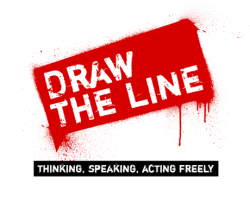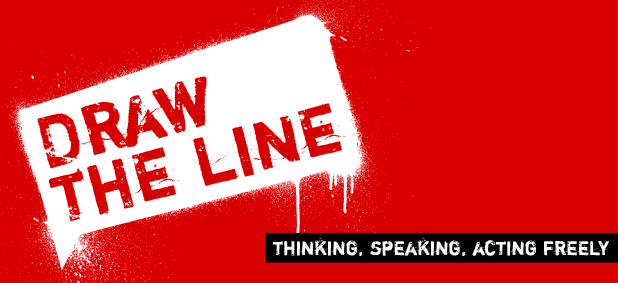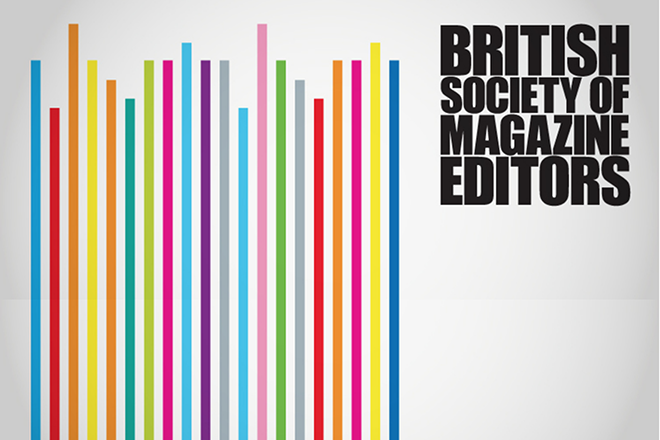This month, we’ve been asking the question “Graphic content on social media: How much is too much?”
While graphic content shown in mainstream media usually comes with a content warning, as well as being subject to the editing processes of news outlets, social media largely operates according to rules of its own. Whether or not we choose to post graphic content is often left to our discretion – so where should we draw the line?
As well as the response on our social media feed, we also got the views of some students at Lancaster University in England, in the form of photographs which you can see below.
In reaction to this month’s question, concern was expressed about the age of social media users who might have access to graphic content, which is a growing issue given the number of children who now have social media accounts.
The issue of the intention behind the content posted was also raised – what are these users trying to achieve? Is content shared to raise social consciousness and spread awareness? Or is the intention to promote discrimination and fear? One example from our Twitter feed, which is along these lines, referred to the photographs of the brutal murder of blogger Avijit Roy, along with the question of whether these images were posted to provoke Islamophobia.
Others gave responses centering on the issue of personal choice; both what they choose to post and what they choose to see. In other words, they were most comfortable with the sharing of graphic content when it still allowed viewers an element of choice, and favoured posting links and titles rather than images and videos themselves which viewers could then choose to investigate further, or disregard.
Perhaps then the balance can be found where people have both the freedom to share graphic content, and also the freedom to not have it forced upon them.
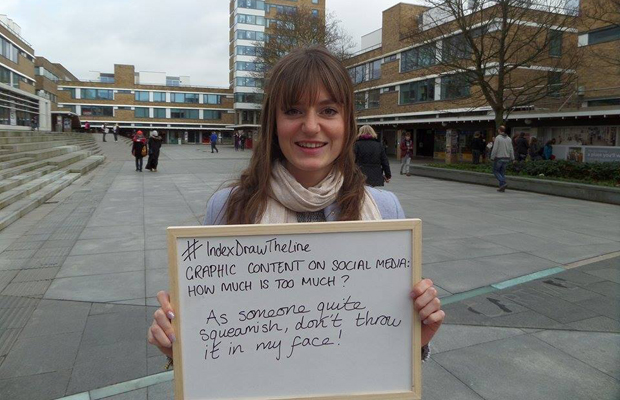
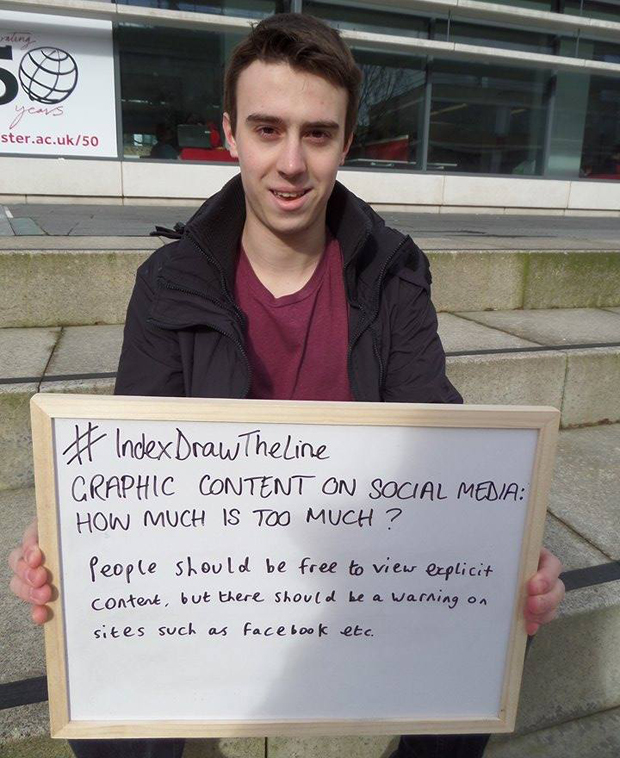
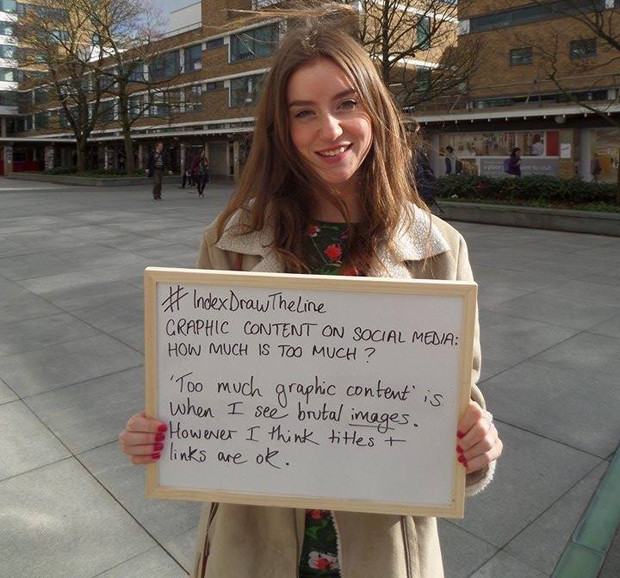
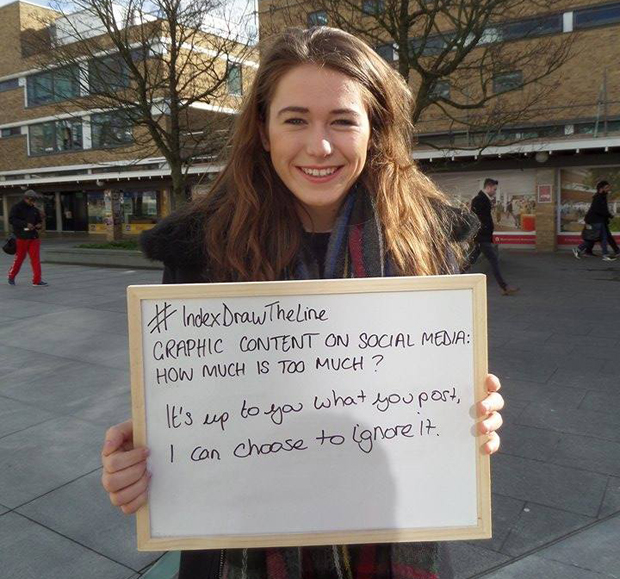
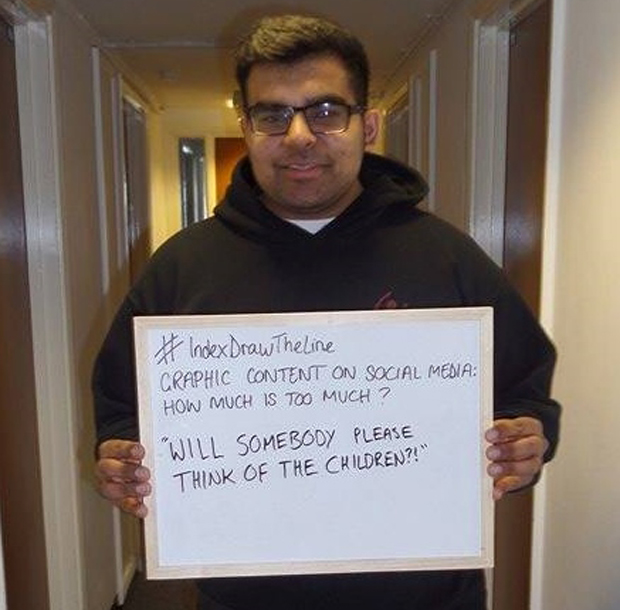
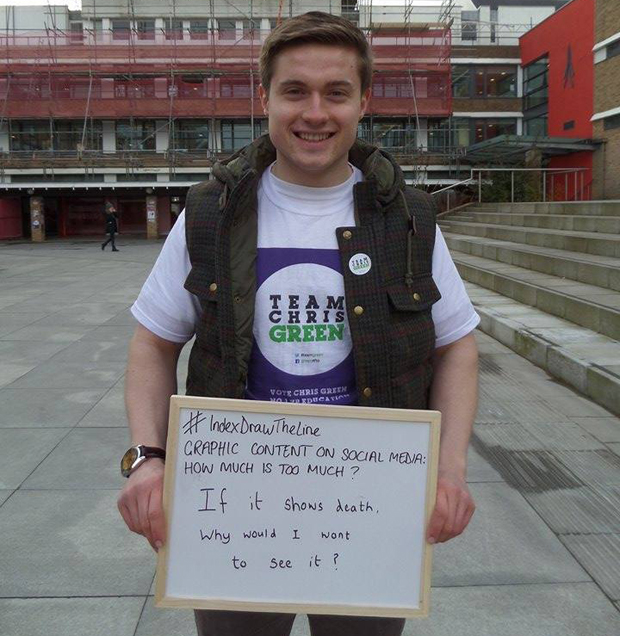
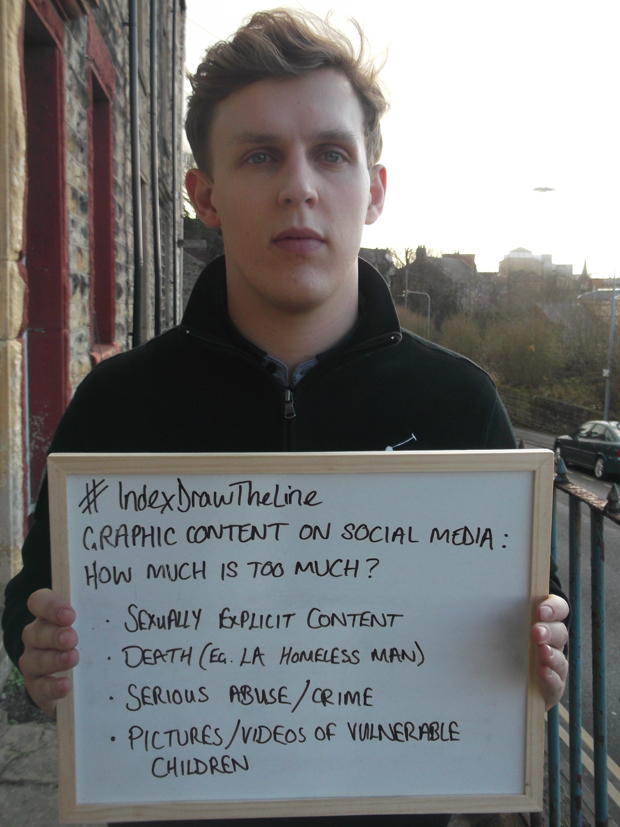
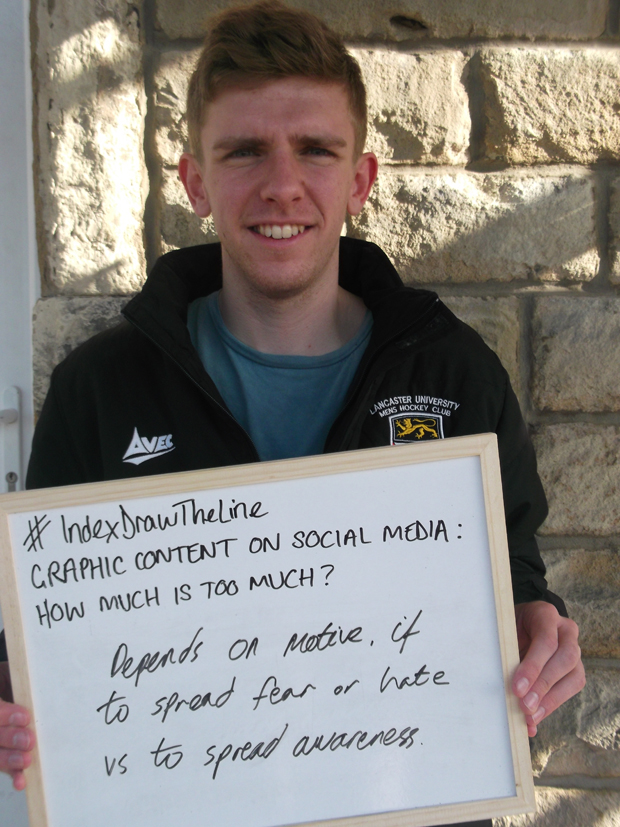
This article was posted on March 24 2015 at indexoncensorship.org

